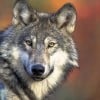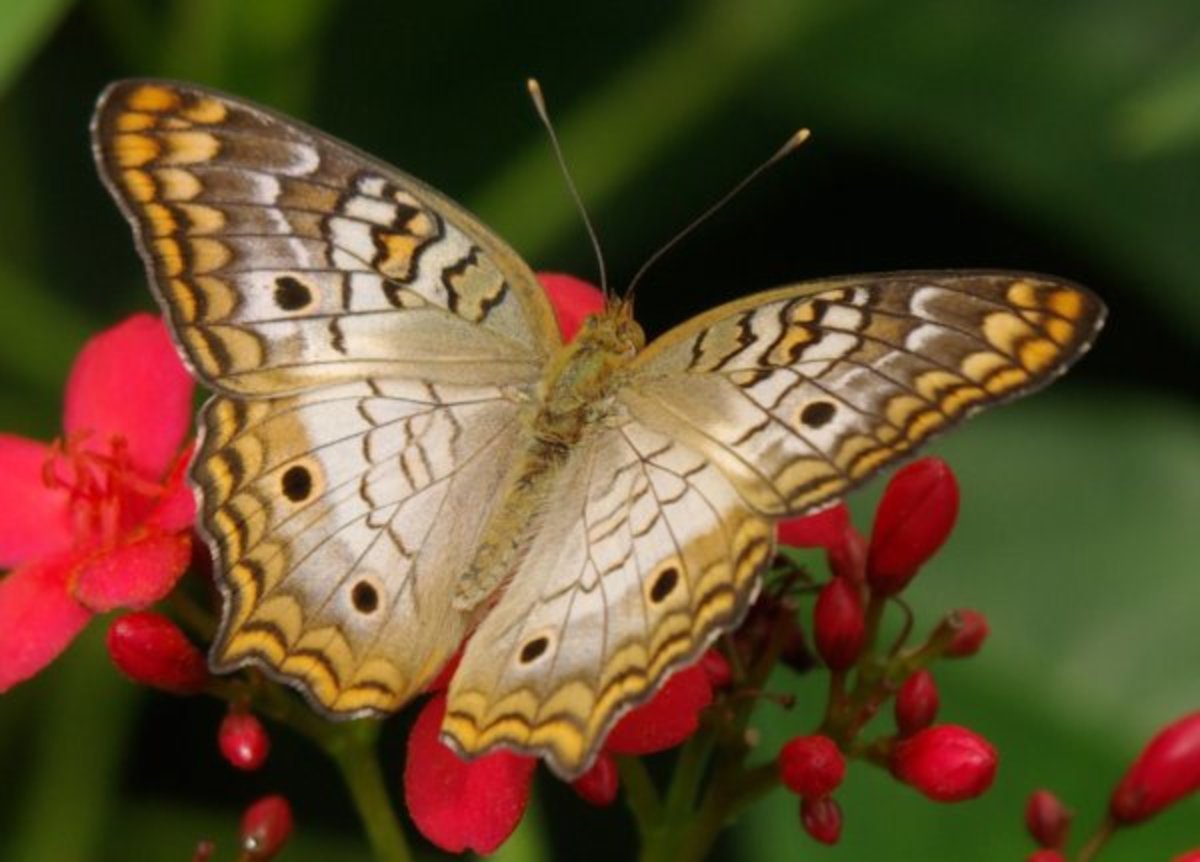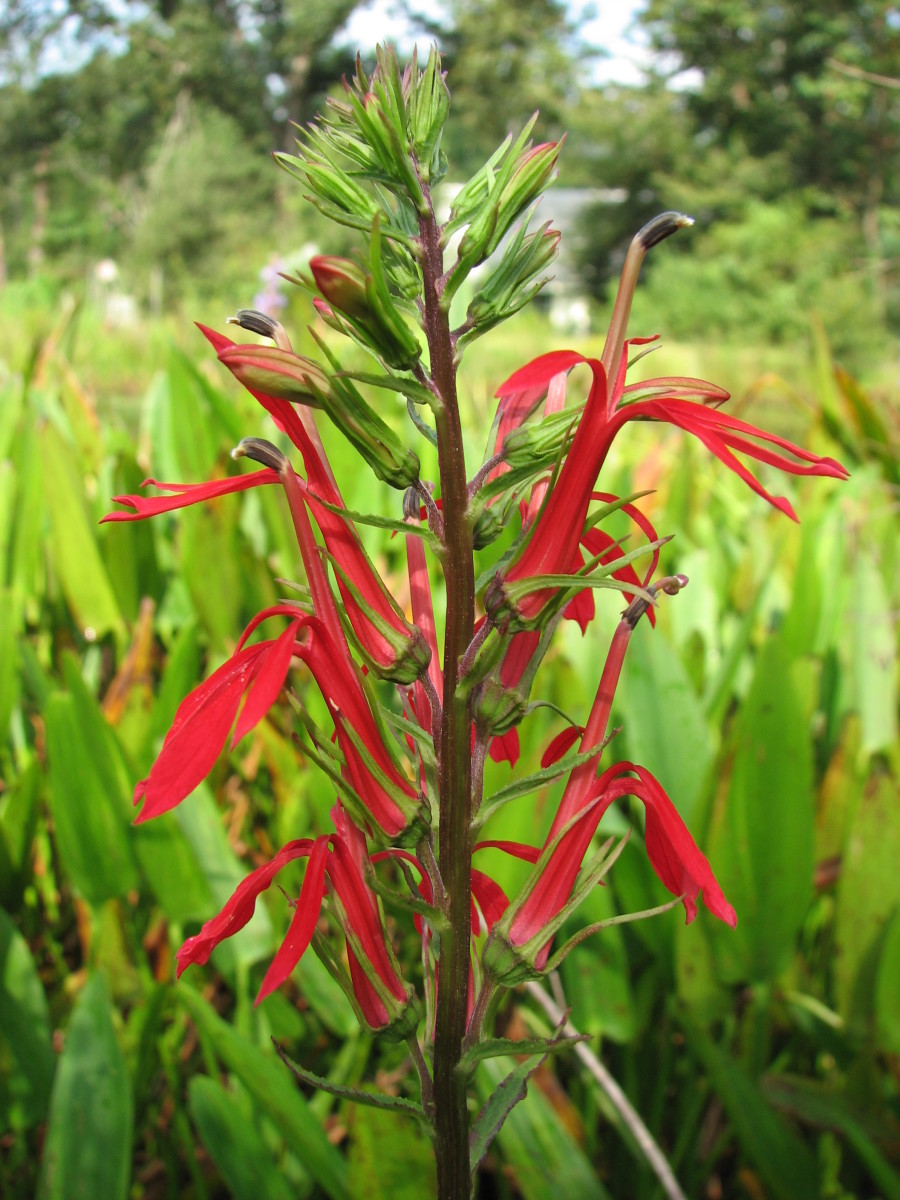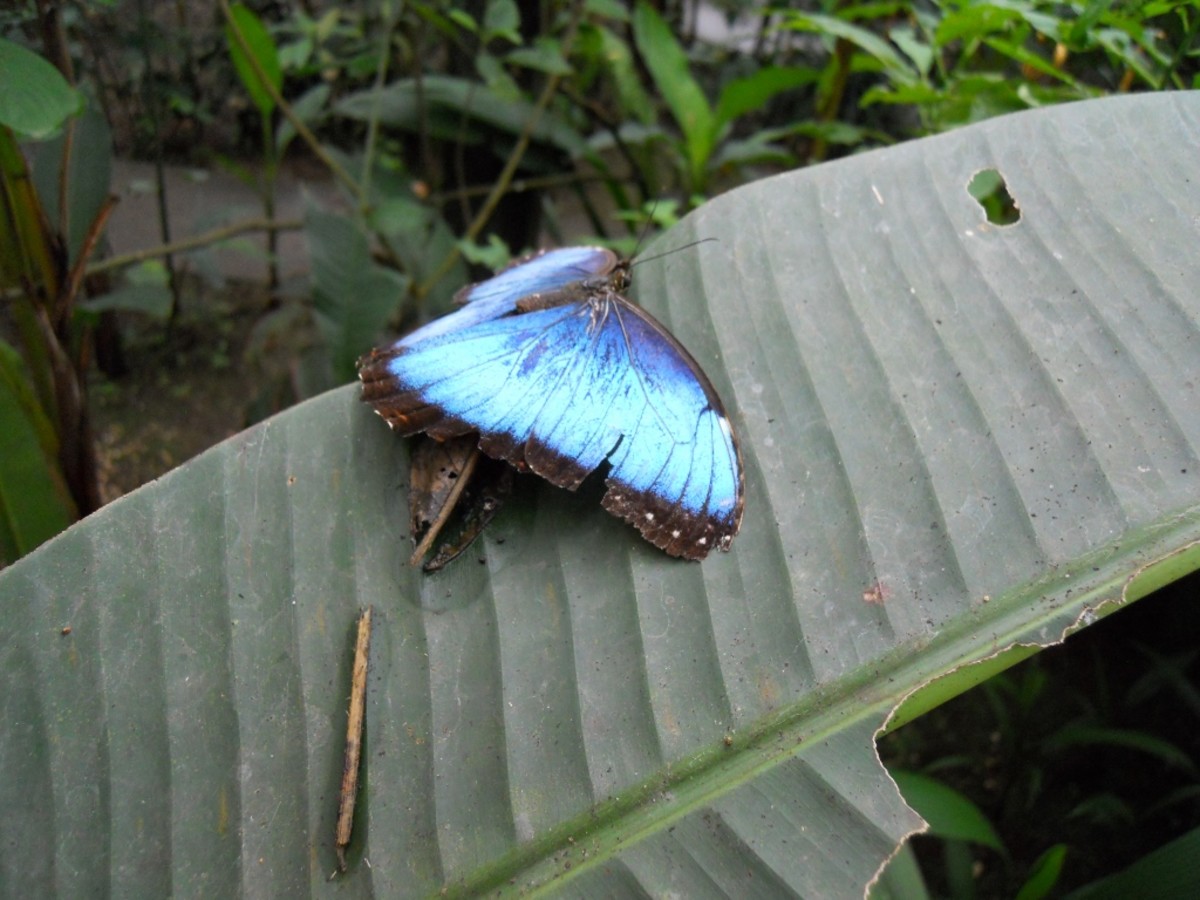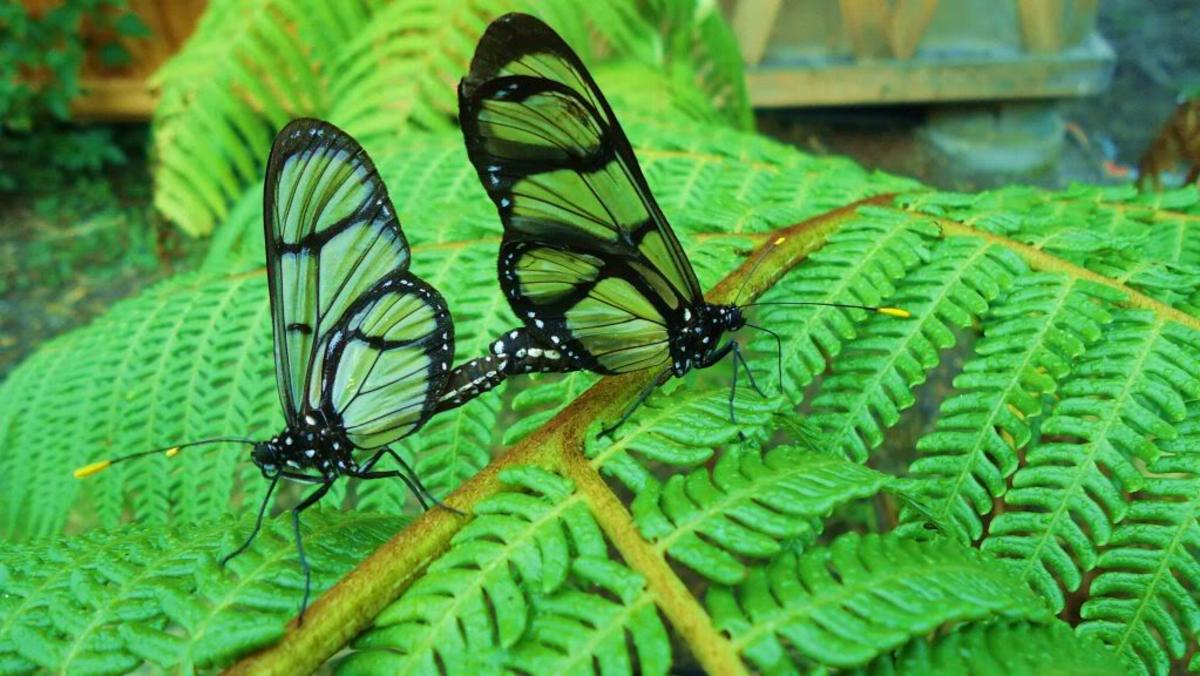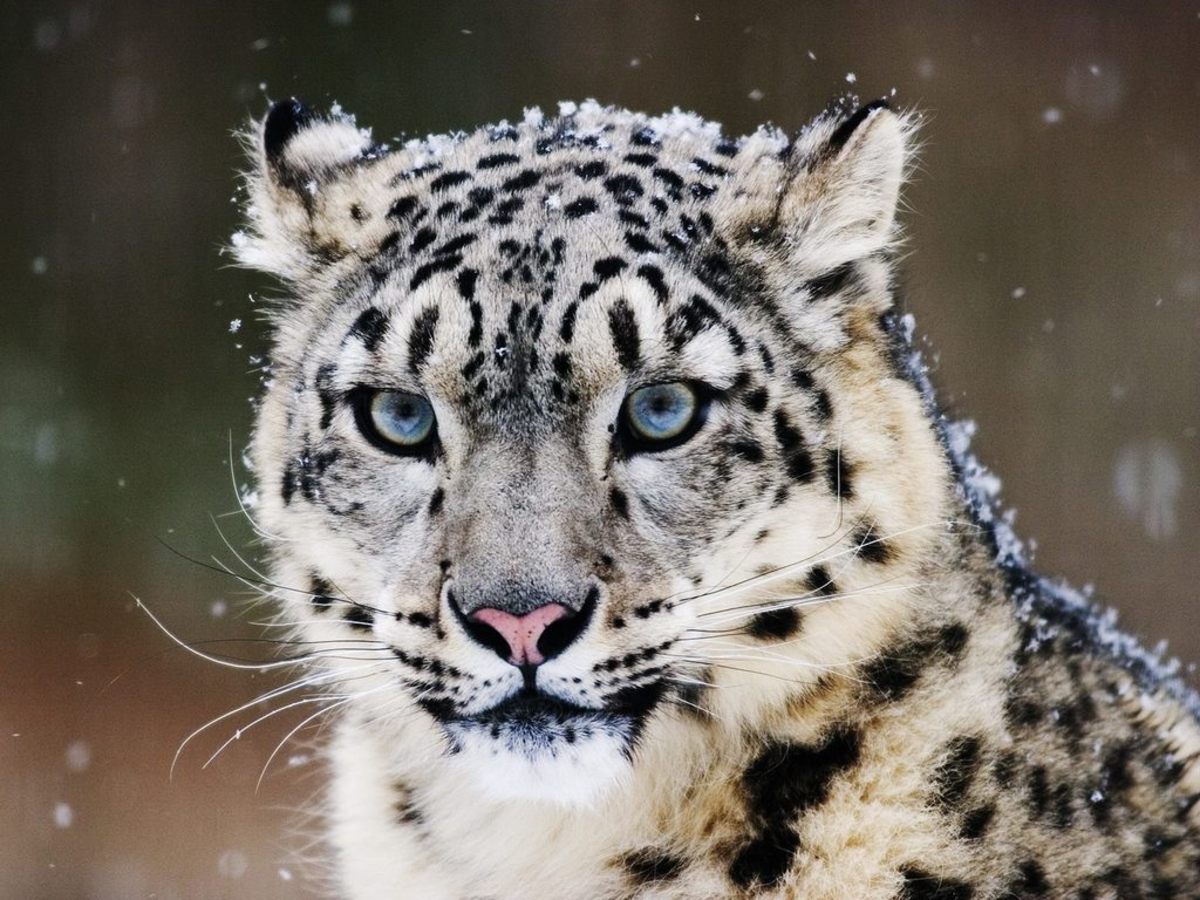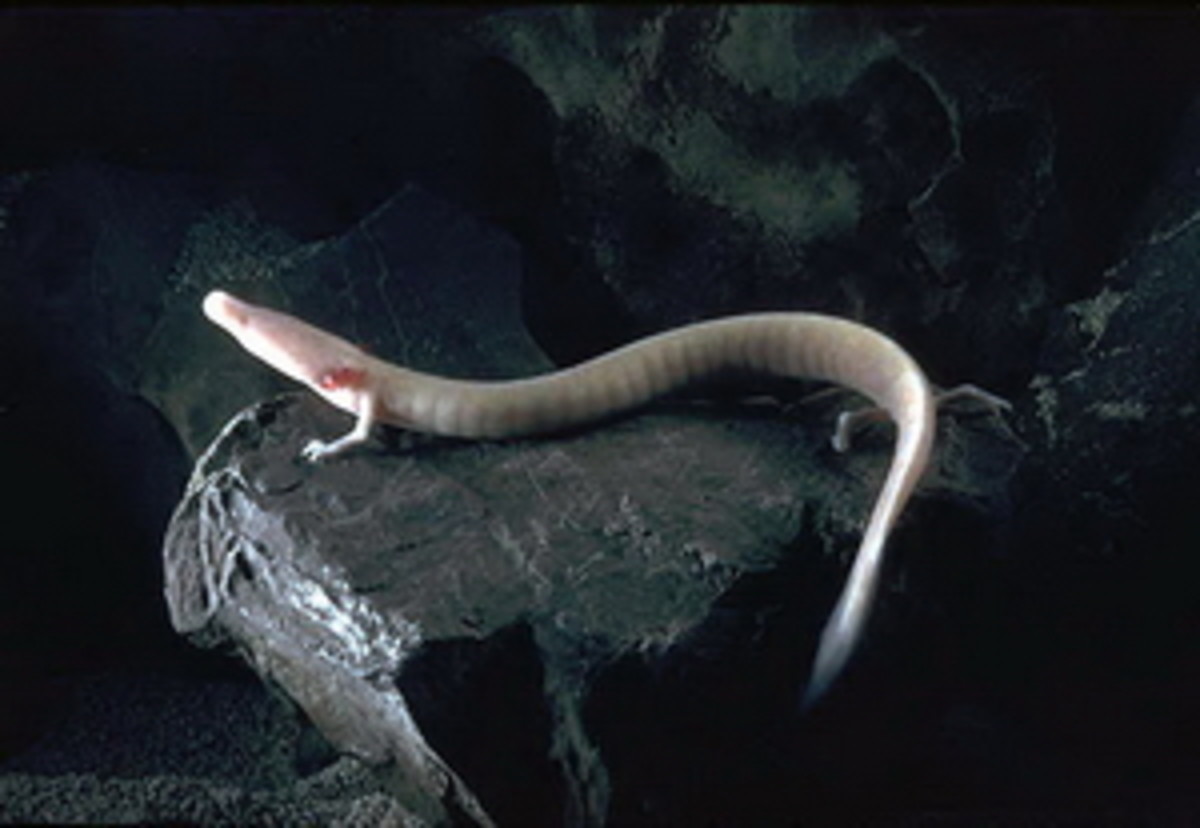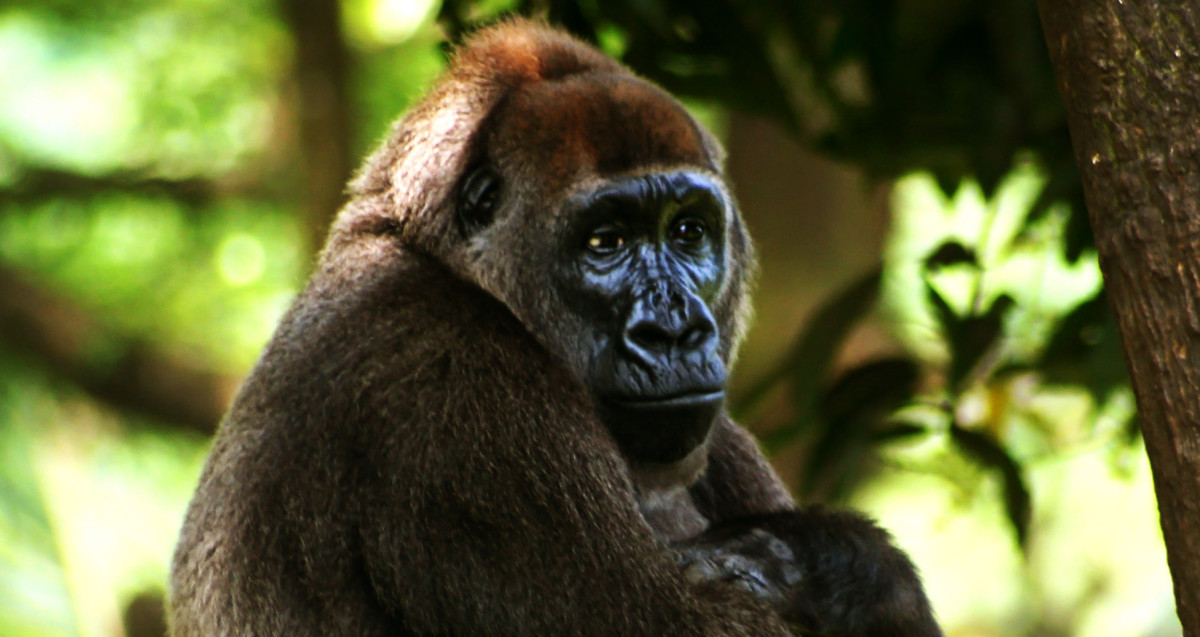- HubPages»
- Education and Science»
- Life Sciences»
- Endangered Species
Save the Karner Blue Butterfly
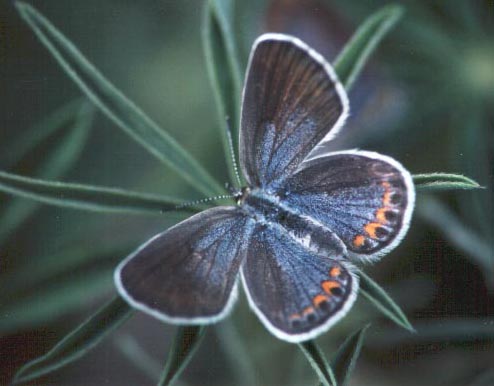
The Karner Blue Butterfly (Lycaeides melissa samuelis) is a beautiful little blue butterfly with a problem.
The only host plant for Karner Blue caterpillars, the wild blue lupine (Lupinus perennis), is declining in numbers, and the population of Karner Blues is declining with them. Karner Blues have been on the federal endangered species list since 1992.
- Karner Blue Butterfly
Visual aids to identification - Nature Conservancy - Rhapsody in Blue
For most of the year, the Karner blue butterfly exists as a tiny, dimpled white egg. - Sing Your Purple Song
I am quietly sitting in a sandy opening, surrounded by the pretty leaves and massed lavender flowers of wild lupine.
The Lifecycle of the Karner Blue
Karner Blue Butterflies were discovered and named by lepidopterist Vladimir Nabokov, a Russian émigré better known for his literary achievements, including his notorious masterpiece, Lolita.
They have an unusual life cycle, with two breeding cycles per year. Karner Blue eggs overwinter on lupine plants, hatching into tiny larvae who feed on the plants before forming chrysalises and emerging as butterflies in late May. The adults are short-lived - only about 7-10 days - but they lay more eggs on the lupines,which hatch and produce another batch of butterflies in late July or August. The second batch lays more eggs, which wait through the winter before starting the cycle all over again.
Range of the Karner Blues
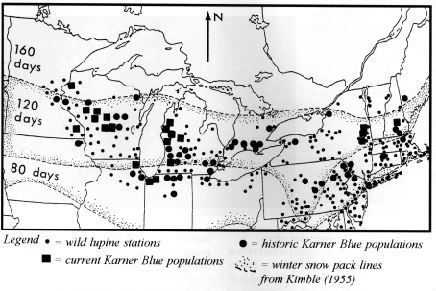
Karner Blues once lived in a narrow band from Minnesota to Maine.The largest remaining population exists in Wisconsin, where they can be locally quite common in some areas. Smaller populations survive in Indiana, Michigan, Minnesota, and New York, and the butterflies have been reintroduced with some success to Ohio and New Hampshire. They are believed extinct in Iowa, Illinois, Pennsylvania, Massachusetts, Maine, and Ontario.
Karner Blues follow the lupines... and the prime habitat of lupines is in sandy oak savannahs, pine barrens, dry prairies, and cleared forest areas. Unfortunately, thanks to fire suppression policies, agriculture, and development, prime lupine habitats are vanishing.
Conservation groups and the government are currently working with private landowners and other groups in an attempt to restore prime lupine habitat. Gardeners can also take part in the effort.
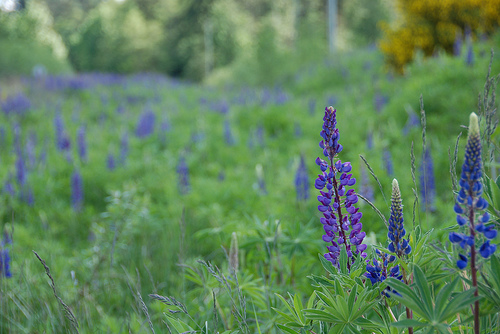
Habitat Restoration
Prairie Butterfly Gardening
- Attracting Butterflies With Prairie Plants
Whether you live on an acreage or a small city lot, it's easy to attract butterflies to your garden with native prairie plants.
Creating a Karner Blue Garden
The best way to attract Karner Blue Butterflies is to plant lots of lupine. Fortunately, lupine is an exceptionally beautiful wildflower. It also happens to be a beneficial nitrogen-fixing legume that will improve your soil as well as filling your yard with blooms.
Lupines require dry, sandy soils and full to partial sun, without too much competition from shrubs or tall grasses. They spread quickly under favorable conditions. The Wisconsin Department of Natural Resources offers a useful factsheet (PDF) on growing wild lupine.
Gardeners can imitate or restore pine barrens, oak savannahs, and dry prairies on a small scale by planting a variety of trees, shrubs, wildflowers, and grasses. Karner Blues like "edge" habitat, with a mix of shade and sun and a diverse mix of plantings. Native pines, oaks, and berry or nut producing shrubs are good choices, as are native grasses and wildflowers.
A rich variety of wildflowers is especially important because adult Karner Blues, unlike larva, are not picky at all about their choice of food. The more variety, the better when choosing nectar plants. Although Karner Blues are known to enjoy both native and non-native flowers, most seem to prefer native wildflowers.
Prairie Nursery offers a wildflower mix especially for Karner Blues that includes Butterflyweed, Leadplant, Aster, Blazingstar, Harebell, Cream False Indigo, and Purple Prairie Clover, as well as lupine.
